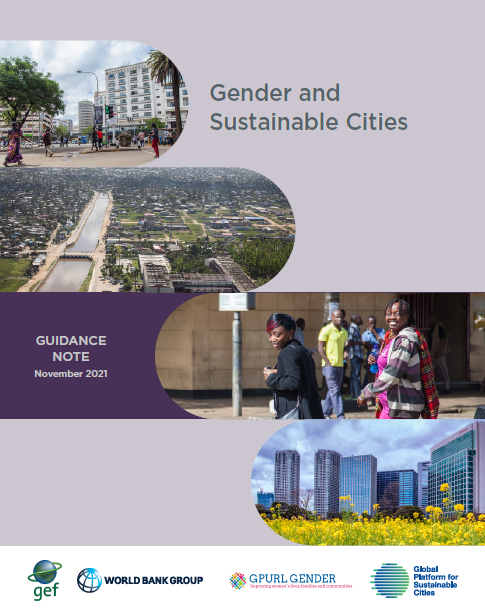
Climate change is set to exacerbate existing inequalities across regions and negatively impact already-vulnerable populations: the urban poor will be hit the hardest by the unevenly balanced climate change impacts. More than 1 billion members of the global population are slum-dwellers: they are the poorest and most vulnerable to climate risks due to overcrowding, substandard housing and living conditions, and lack of housing rights, physical infrastructure, and access to services. Women often constitute the majority of slum dwellers: data from 59 developing countries across Latin America and the Caribbean, Central and Southern Asia, and sub-Saharan Africa has indicated that women are overrepresented in slums in 80 per cent of these countries, facing the highest risk to climate change. Major environmental issues in cities, such as air pollution, biodiversity loss, deforestation, waste disposal and exposure to toxic chemicals, are further exacerbated as a result of climate change and tend to impact women and girls the most.
Women’s increased vulnerability to climate change is the result of existing gender inequalities rooted in socio-economic and cultural norms. Women’s lack of adaptive capacity to the adverse impacts of climate change is closely linked to a lack of ownership and control over resources due to legal, cultural and social norms, gender differences in property rights, access to skills and technology, gendered division of labor access to information and social capital, as well as voice and agency. According to the United Nations Development Programme (UNDP), 80 percent of people displaced by climate change are women.


